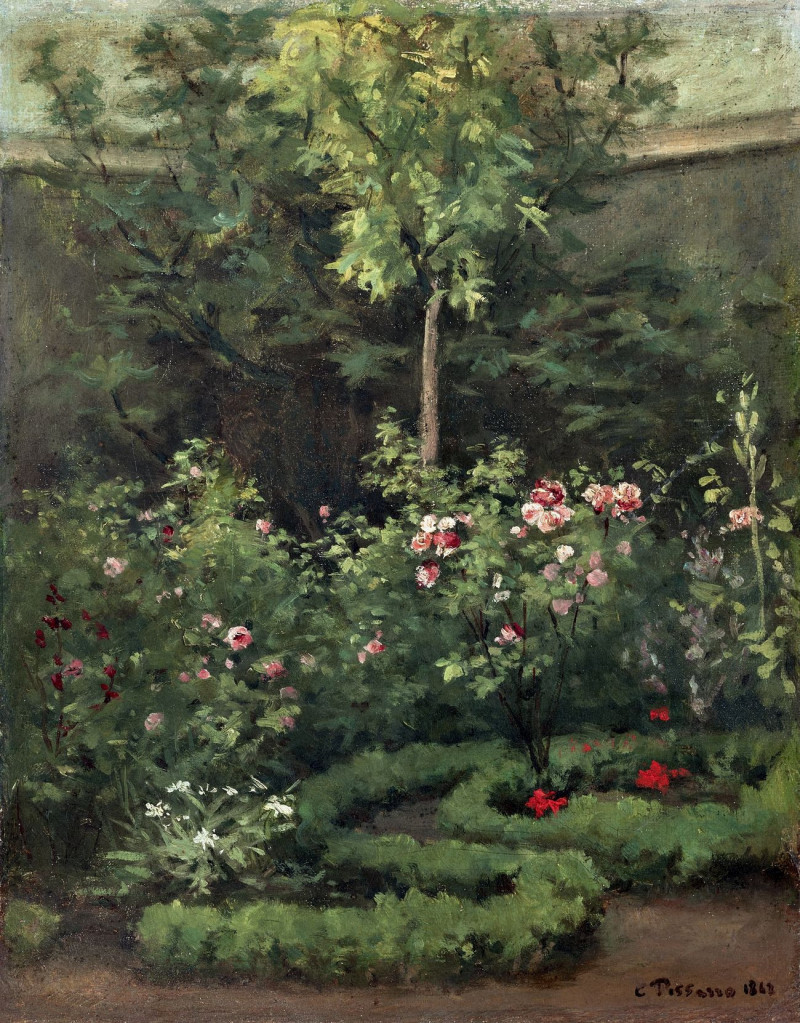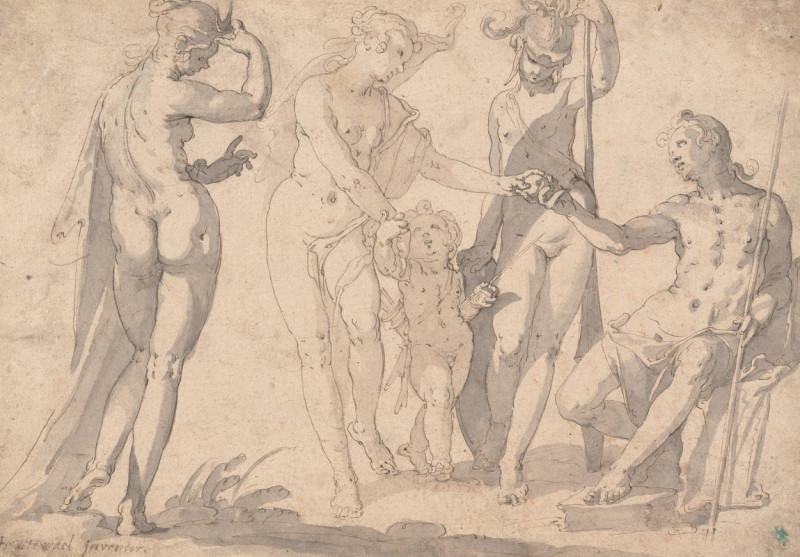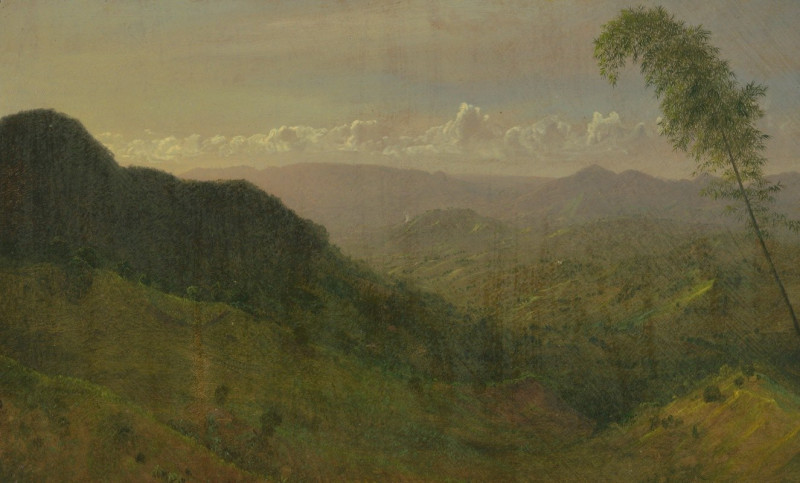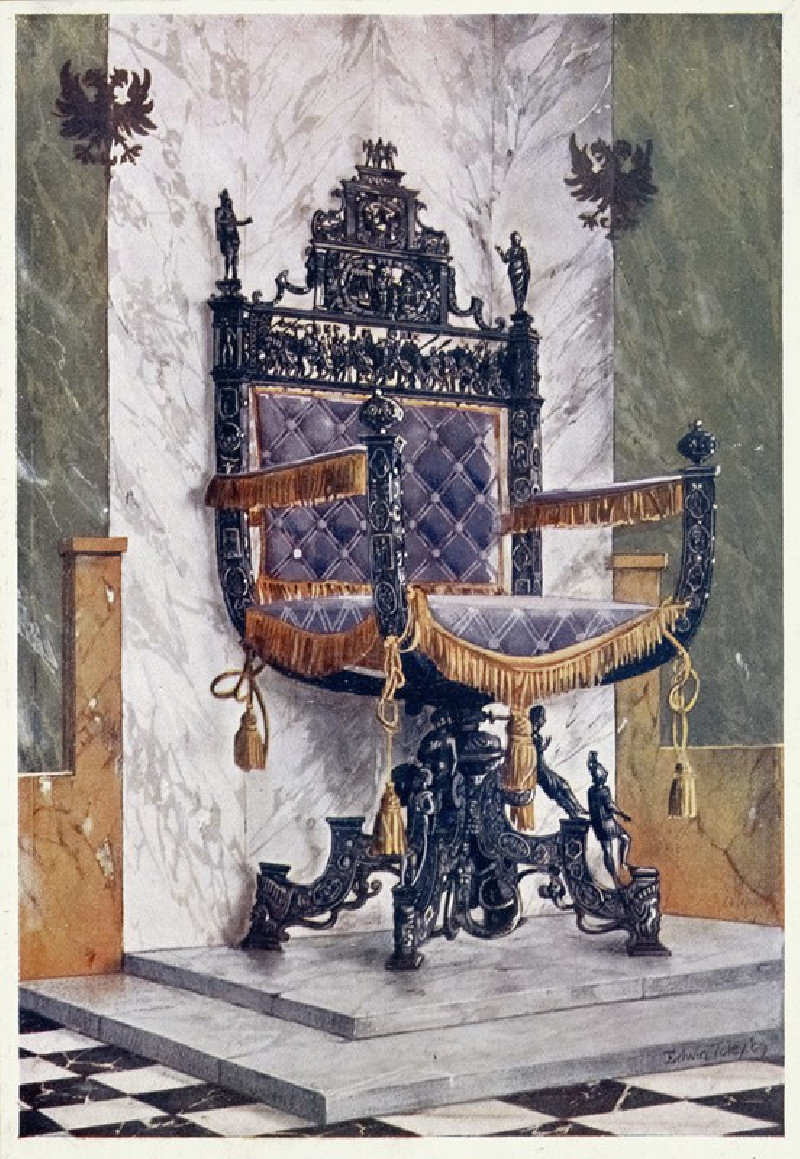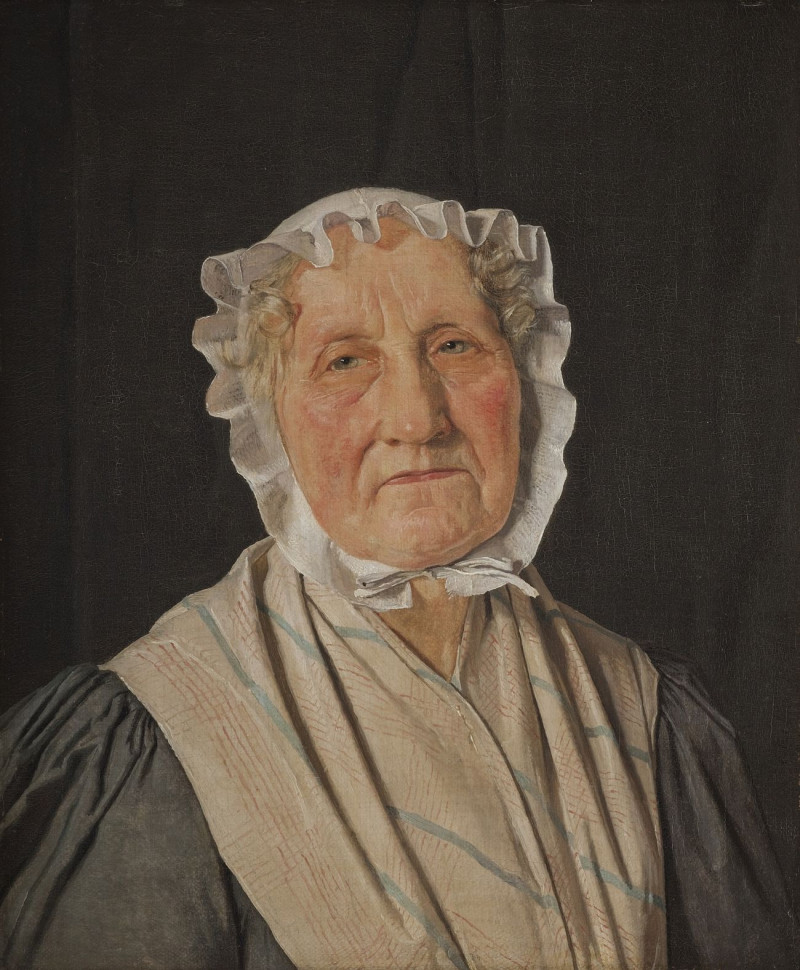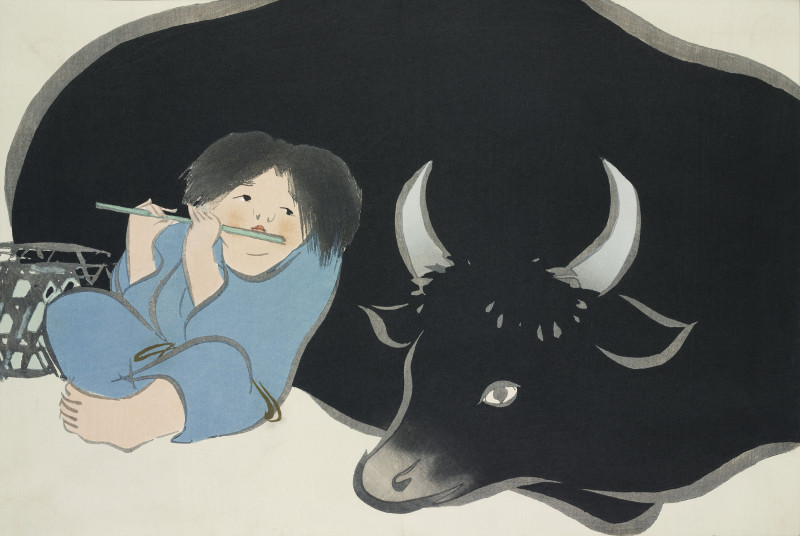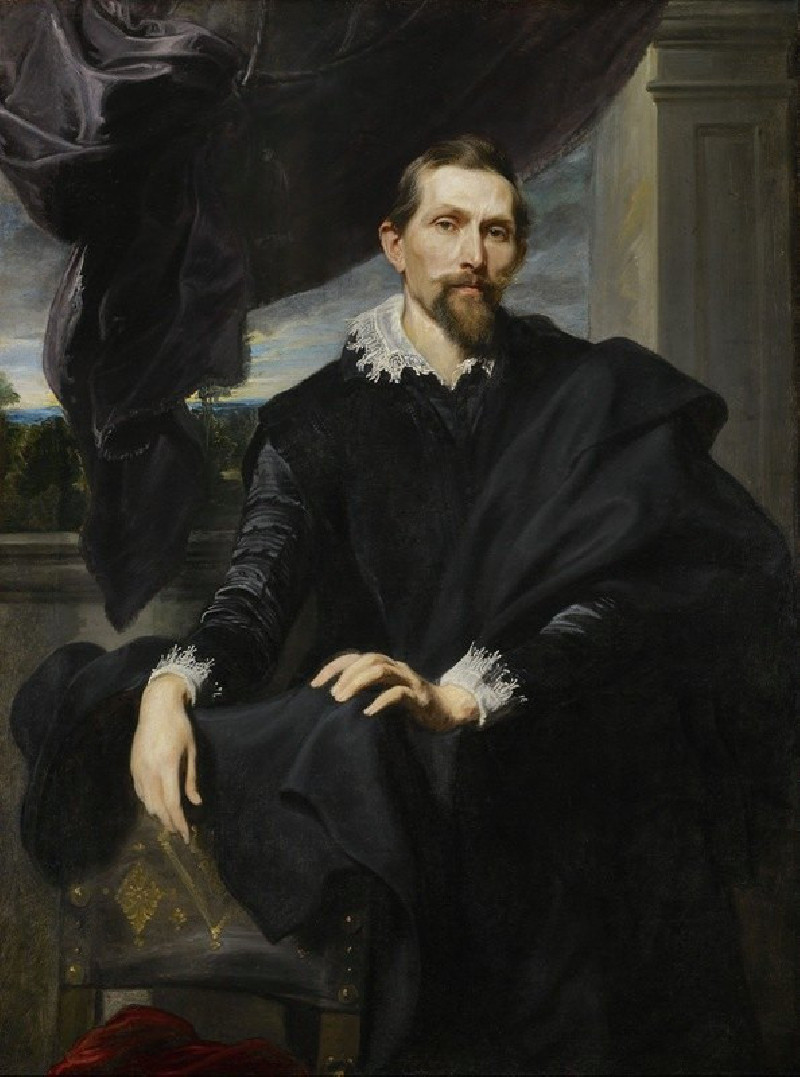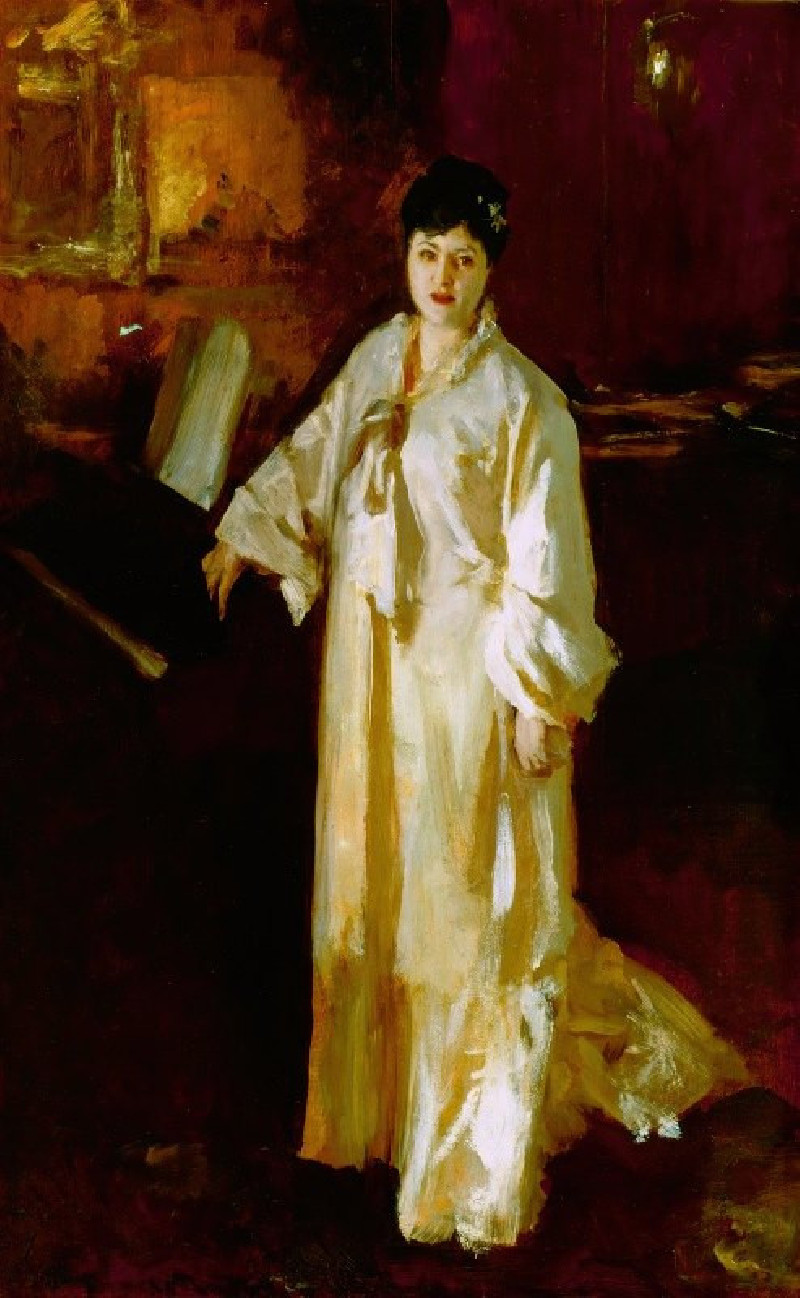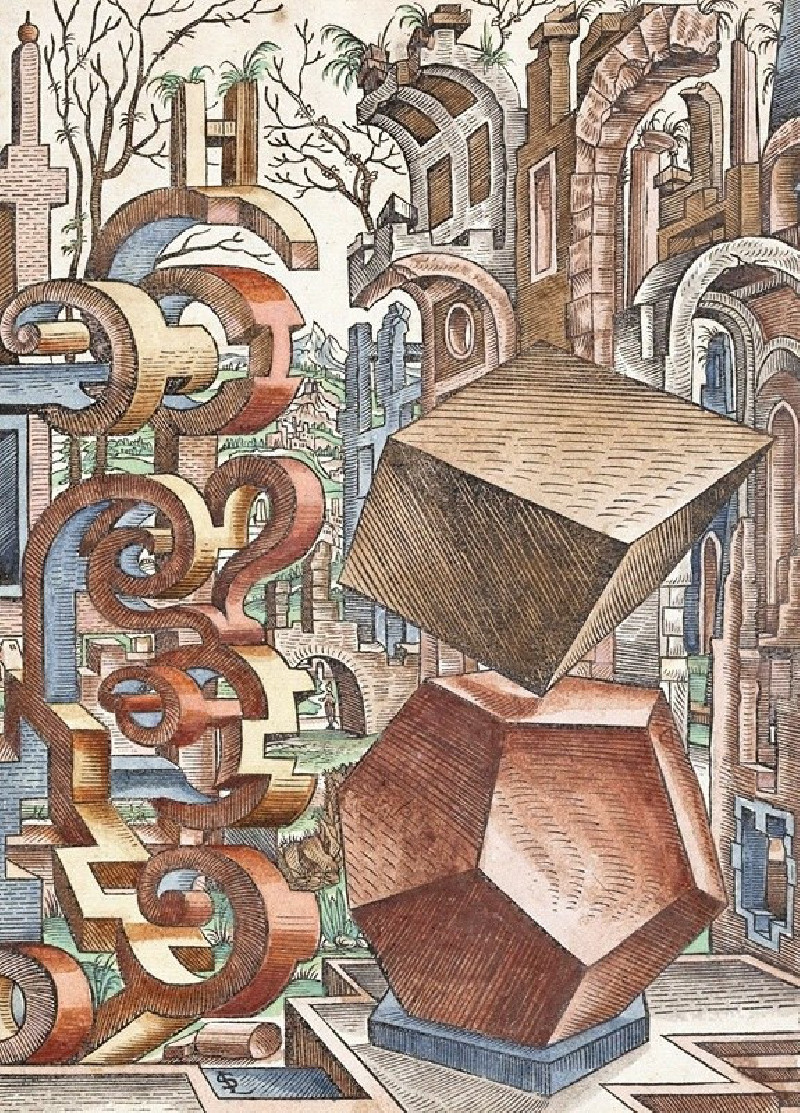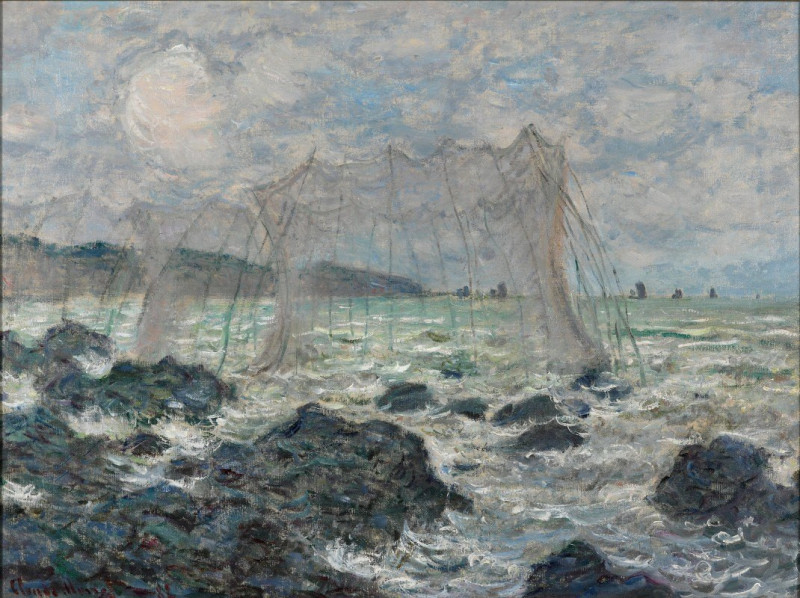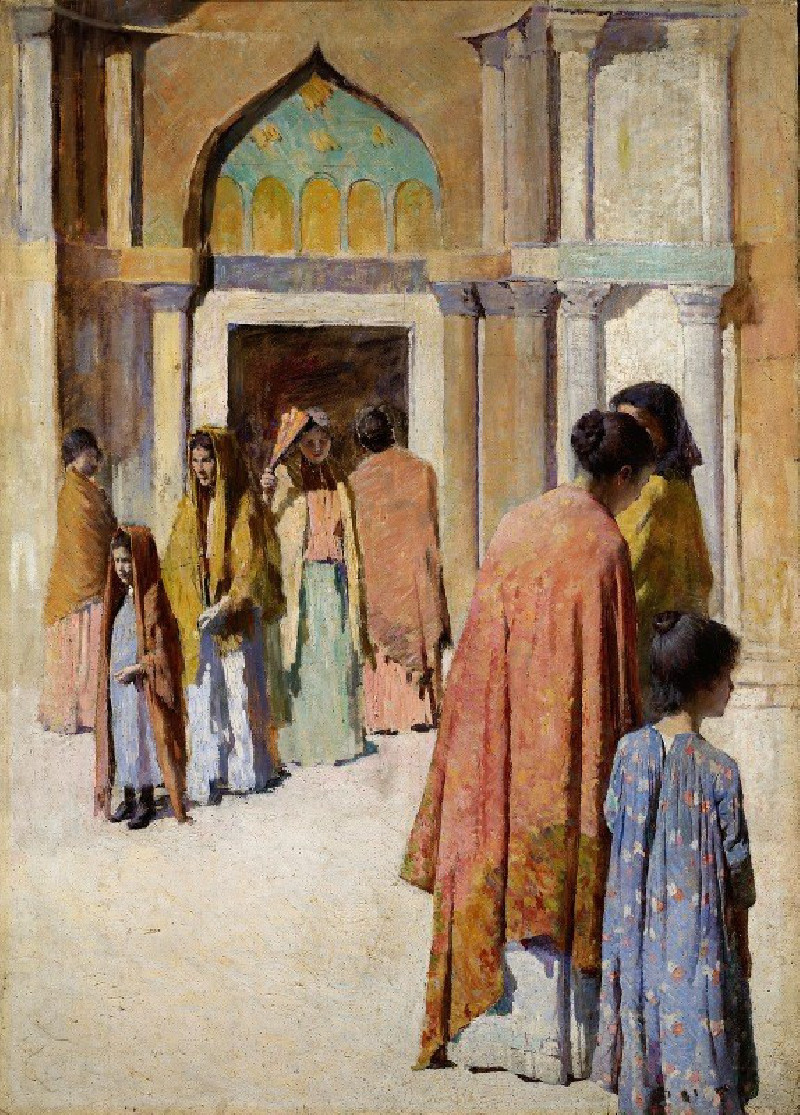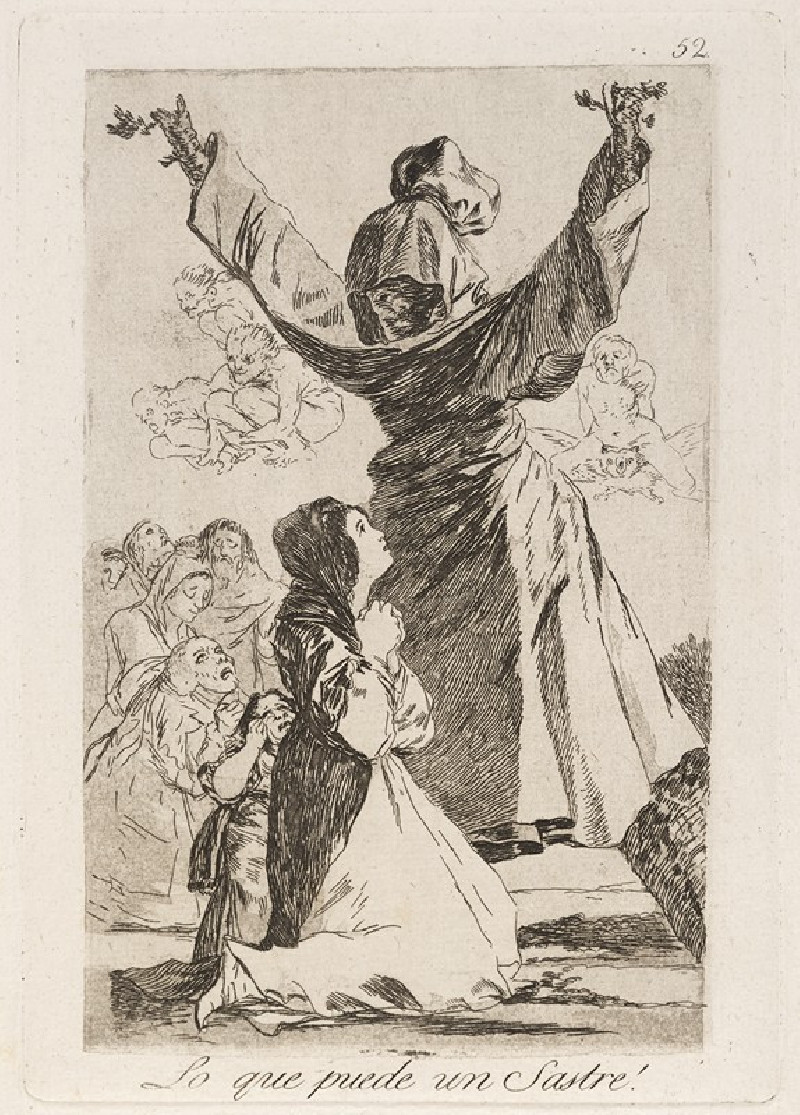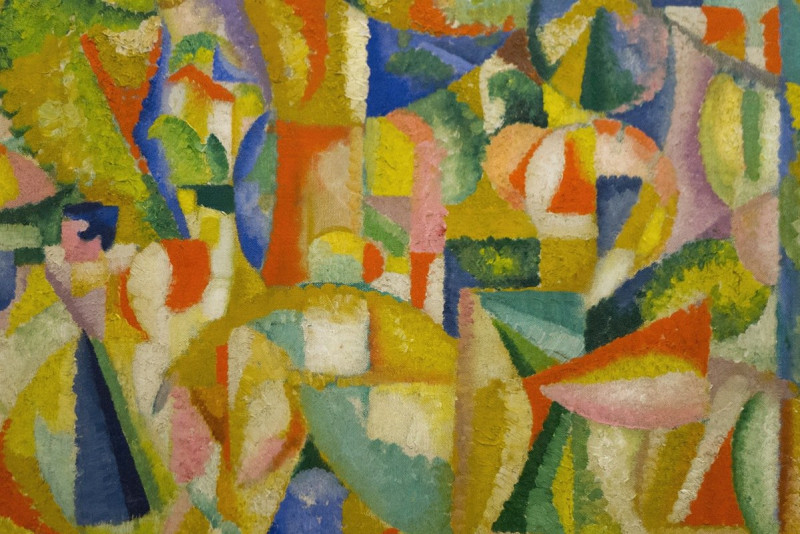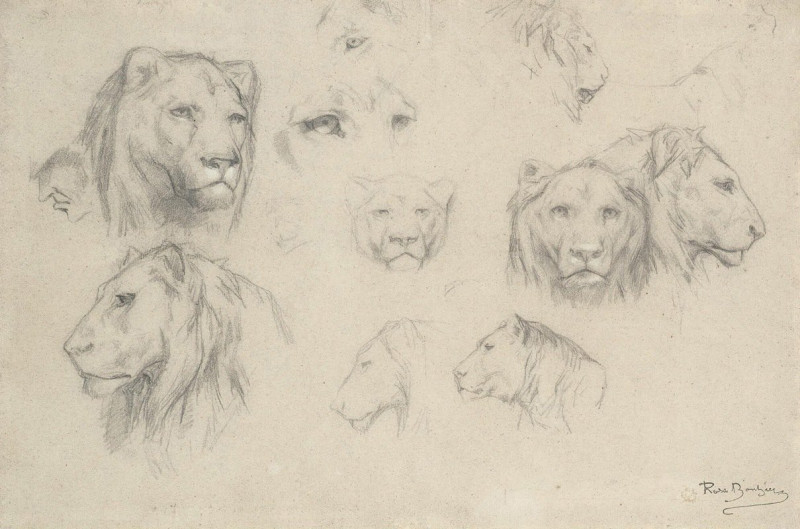A Rose Garden
Technique: Giclée quality print
Recommended by our customers
More about this artwork
In the painting "A Rose Garden" by Camille Pissarro, we are treated to a vibrant and textured glimpse into a lush garden scene. At first glance, the image is heavily dominated by greenery, with various shades and brushstrokes depicting the dense foliage of a garden. The garden appears somewhat wild and naturally overgrown, indicating Pissarro's preference for capturing the beauty of nature in its truest form.Central to the composition are the rose bushes, delicately tinted with hues of pink and red, interspersed among the greens. These flowers add a pop of color, making them focal points amidst the surrounding verdant leaves and darker, shadowy areas. The roses are painted with a softness that suggests their gentle, fragrant nature.The presence of a tree in the backdrop adds depth to the scene, its lighter green foliage catching what seems to be the soft, diffused light of an overcast sky. This contrasts subtly with the darker tones used in the shadowy parts of the garden, enhancing the sense of a secluded, serene spot, perfect for reflection or a quiet retreat.Pissarro's brushwork is loose and impressionistic, allowing the viewer's eye to blend colors from a distance, but up close, every stroke is distinct and expressive, giving the vegetation texture and vibrancy. The overall atmosphere of the painting is one of peacefulness and natural beauty, characteristic of Pissarro’s style and his dedication to landscapes and rural scenes.
Delivery
Returns
Blessed are they who see beautiful things in humble places where other people see nothing. — Camille Pissarro
Camille Pissarro (1830-1903) was born on St.Thomas (now the US Virgin Islands) to a Portuguese father and a Dominican mother. He went to Paris to study art at Ecole des Beaux-Arts. He was an early pioneer of pointillism and neo-impressionism and later became a mentor of many famous impressionist painters including Cezanne, Manet, Renoir, and Gauguin. His paintings depicted rural and urban French landscapes and lifestyle. Many of his works politically captured images of peasants and laborers. Today, he is considered the father of impressionism.

